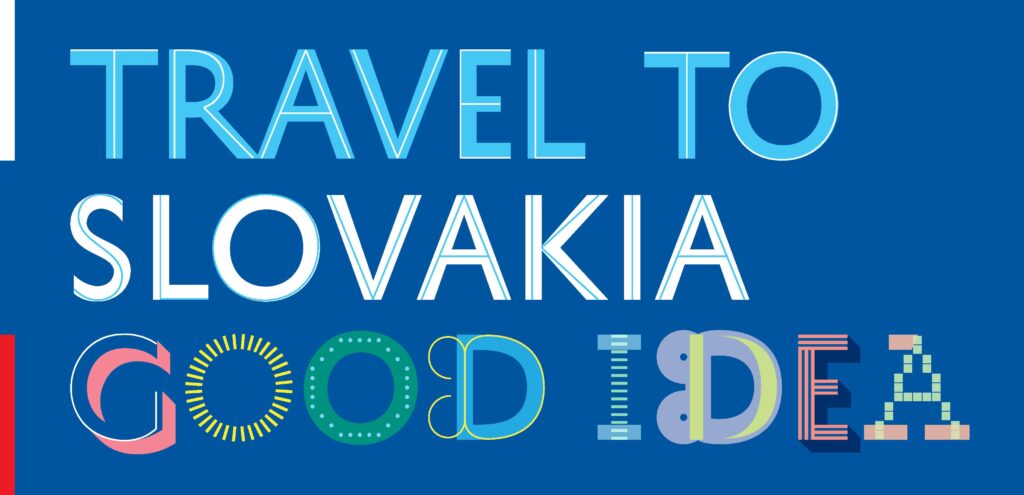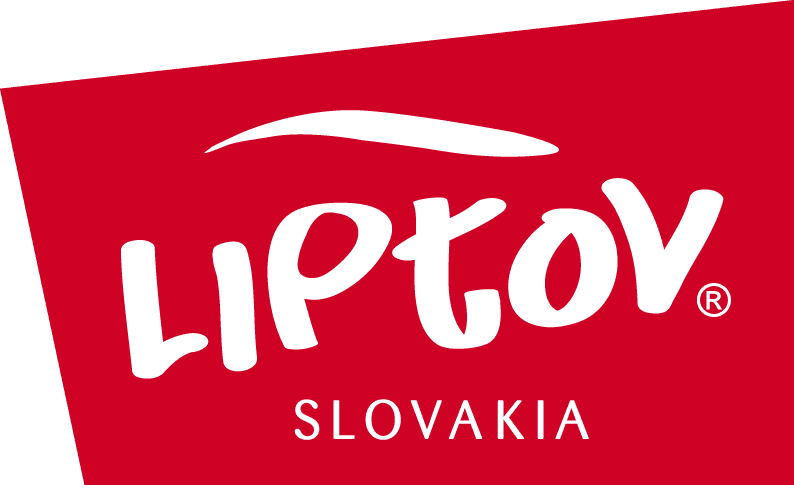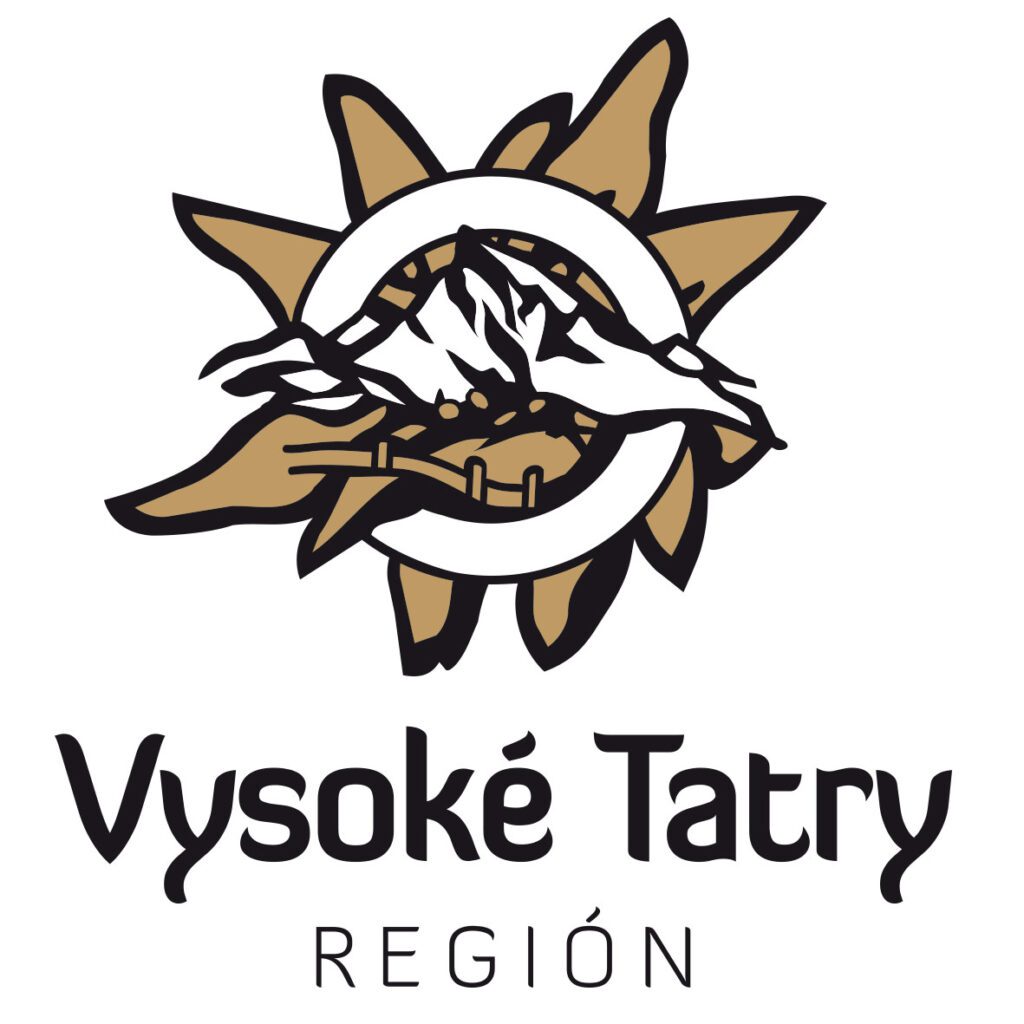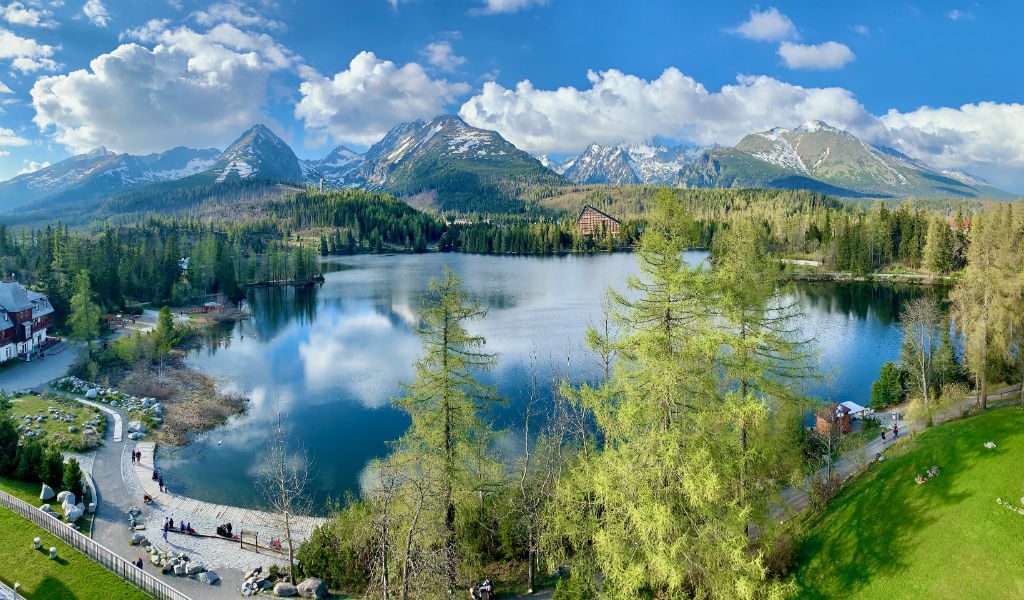
Hiking and biking in Slovakia’s Tatras and Liptov region really is for everyone – not just those with the fitness of a Tatra Chamois, although you might encounter one on route.
Colour-coded trails, and plenty of cable cars, weave, wind and climb their way past some of the most dramatic mountain scenery in the “smallest alpine mountains in Europe”, giving everyone the chance to have their breath taken away by the scenery.
Whether on foot or in the saddle, keep in mind red is for ridges, blue for long distance trails, green is for trails leading to other trails and yellow connects trails of different colours.
Go and explore this hiking and biking paradise of forests, valleys, waterfalls and alpine lakes set beneath more than 2,500 peaks.
1. Scale the hiking heights in the High Tatras – Gerlachovsky stit
If we are going to talk about hiking in the High Tatras, we might as well get the most challenging and highest trail out the way first – Gerlachovsky stit. If you are seriously into your hiking, have plenty of experience and are willing to be led by a certified guide, then you can attempt the 2,655m trek to the summit and be able to say you reached the tallest mountain of the Carpathian range. If you don’t wish to have this restriction, then Mt. Krivan at 2,494m will satiate your head for heights. The name Krivan means “curved peak”, which indeed it has. See enjoytatras.com/hiking
Did you know? It is said that every Slovak has to climb to the top of Krivan at least once in his or her lifetime

2. Talking tarns (lakes): Skalnate, Strbske and Zelene Pleso
It’s not all about jagged peaks, but also the many “tarns” (lakes) which provide the perfect starting point for countless hikes, making them as popular and important as summiting the highest mountains. In the shadow of the second highest peak in the Tatras – Lomnicky Stit (2,634m) – Skalnate Pleso (pictured above), is the cross-roads of several great hikes. Strbske Pleso is easy to access, walk around and is popular starting point for interesting walks. There’s walks to waterfall Skok (jump) and numerous mountain huts. One of the larger lakes is Zelene Pleso, which is marked by its almost iridescent emerald green colour, with many trekking routes to reach it. See enjoytatras.com/hiking
Did you know? There are about 165 such lakes dotted across the entire Slovak Tatra region
3. Trail: Tatranska Magistrala (High Tatras – level: easy)
If you are going to hike any trail in the High Tatras, it has to be the iconic “Tatranska Magistrala” (pictured below), which is a red marked trail. A cable-car ride from Tatranska Lomnica, plus a lap of the Skalnate Lake, will warm you up a two-hour hike passing the cascading “Cold Creek” waterfalls, the mountain huts Zamkovskeho chata, Rainerova chata and Bilikova chata before taking a rest at Hrebienok. A trail continues down to the village of Stary Smokovec, before heading to Strbske pleso, the highest settlement of the Tatras. See enjoytatras.com/hiking
Did you know? Since 1993, the Tatras have been declared a UNESCO biosphere reserve
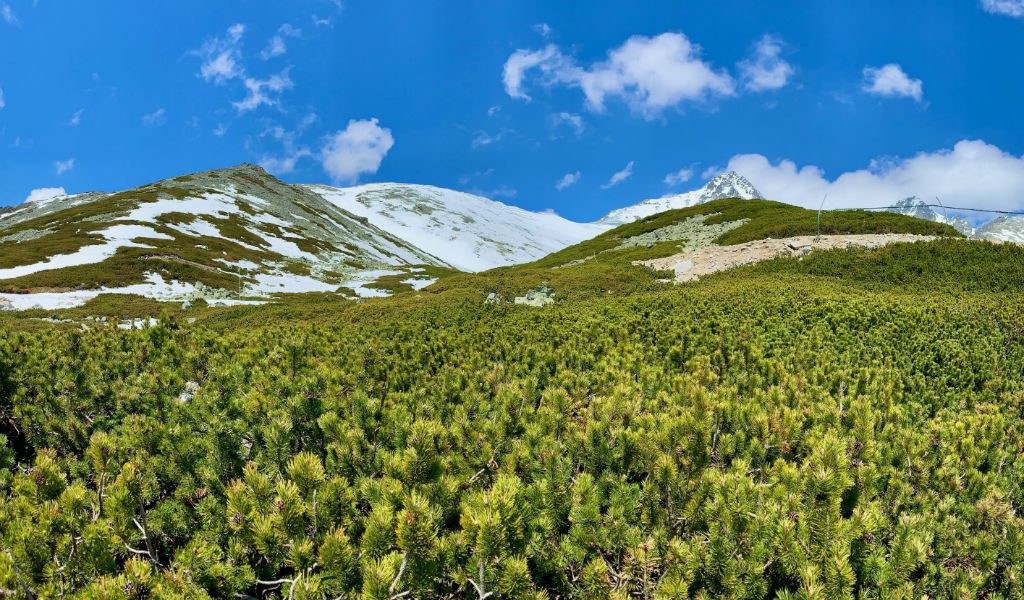
4. Trail: Mountain Hotel Sliezsky Dom (High Tatras – level: moderate)
Looking for a slightly more demanding route? Then the Robber’s Hut to the four-star mountain hotel Sliezky Dom will provide the challenge, plus it’s one of the most attractive trails in the High Tatras with amazing vistas over famous peaks Vysoka, Ladovy and Rysy. The whole experience is amplified by the iron steps and chains which help forge a path through the rocks, all under the shadows of the highest peak of Slovakia – Mt. Gerlach. The trail can be modified to pass the Vychodna Vysoka Peak (2,429m) but this really depends on fitness levels. See enjoytatras.com/hiking
Did you know? Some mountain huts still rely on Sherpas to replenish food and drink, carrying great weights on their backs
5. Trail: Mt. Chopok and Mt. Dumbier (Low Tatras – level: moderate)
Fancy conquering the highest peak in the Low Tatras? You can by taking a cable car from Jasna to the second highest peak of the Low Tatras – Mt. Chopok (2,024m), before taking a comfortable ridge hike to the highest peak of the Low Tatras – Mt. Dumbier (2,043m). See enjoytatras.com/hiking
Did you know? During the Second World War, Slovak partisans and retreating German soldiers were fighting on the ridge line; a memorial can be found to fallen partisans next to the nearby chalet of Gen. M. R. Stefanik
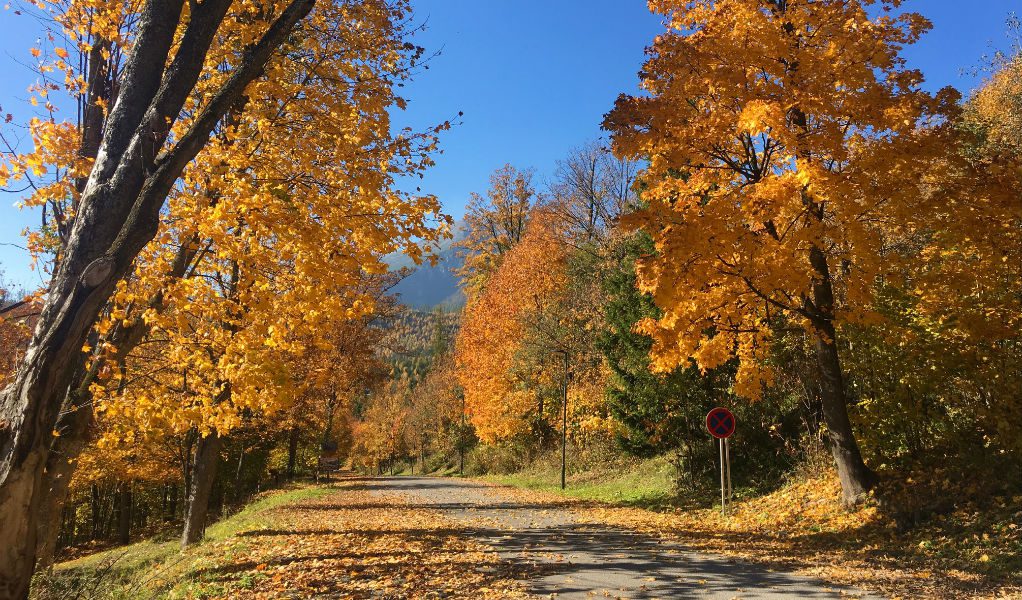
6. Cycling: Bear watching on bikes
You can go by bike in the early mornings to try and capture a sight of these rare and beautiful animals. The adventure starts with several kilometre cycle to the Ticha or Koprova Valley. These valleys are part of a great cycle route even when not with a guided group spotting bears. The Ticha dolina, is the longest valley in the Tatras and the valley Koprova dolina, showcases the scenery of the mountain range Liptovske Kopy and the dramatic curves of the Krivan massif on the other side of the valley. See enjoytatras.com/cycling
Did you know? There are around 150 brown bears left roaming in the Tatras region
7. Cycling: the ‘Sagan effect’
The popularity of cycling in the region is down to what is called the “Sagan effect”. Peter Sagan is Slovakia’s most famous professional cyclist whose successes led to a continued interest and investment in routes and infrastructure. The Liptov region has around 800km of marked cycling trails. The easier of these routes centre on the “Liptov Sea”, a name given to the Liptovska Mara reservoir, where you can find on route Aquapark’s Tatralandia and Besanova and the archaeological museum Havranok. See enjoytatras.com/cycling
Did you know? Slovak cyclist Peter Sagan is a three-time UCI men’s road race world champion

Top things to see and do in the High Tatras & Liptov region:
- Top 1: High Tatras voted No.1 by Lonely Planet in 2019
- Top 2: Slovakian food and drink
- Top 3: Water wellness and aquaparks
- Top 4: Ski resorts
- Top 5: Caves to visit in the region
- Top 6: Adrenaline and quirky cultural activities
- Top 7: Hiking and biking destinations
- Top 8: Instagram-worthy viewpoints

This project and its activities are implemented with financial support of the Ministry of Transport and Construction of the Slovak Republic
